Mint ~ Mentha Plant Care Guide
Mentha (also known as mint, from Greek míntha, Linear B mi-ta) is a genus of plants in the family Lamiaceae (mint family). The species are not clearly distinct and estimates of the number of species varies from 13 to 18. Hybridization between some of the species occurs naturally. Many other hybrids, as well as numerous cultivars, are known in cultivation.
The genus has a subcosmopolitan distribution across Europe, Africa, Asia, Australia, and North America.
Mints are aromatic, almost exclusively perennial, rarely annual, herbs. They have wide-spreading underground and overground stolons and erect, square, branched stems. The leaves are arranged in opposite pairs, from oblong to lanceolate, often downy, and with a serrated margin. Leaf colors range from dark green and gray-green to purple, blue, and sometimes pale yellow. The flowers are white to purple and produced in false whorls called verticillasters. The corolla is two-lipped with four subequal lobes, the upper lobe usually the largest. The fruit is a nutlet, containing one to four seeds.
While the species that make up the Mentha genus are widely distributed and can be found in many environments, most grow best in wet environments and moist soils. Mints will grow 10–120 cm tall and can spread over an indeterminate area. Due to their tendency to spread unchecked, some mints are considered invasive.
http://en.wikipedia.org/wiki/Mentha
~~~~~~~~~~~~~~~~~~~~~~~~~~~~
Botanical name: Mentha
Plant type: Herb
Sun exposure: Full Sun
Soil type: Loamy
Mint is a perennial with very fragrant, toothed leaves and tiny purple, pink, or white flowers. It has a fruity, aromatic taste. The mint family has many varieties, but it will take over your garden, so be careful where you plant it.
Planting
- For growing outdoors, plant one or two purchased plants (or one or two cuttings from a friend) about 2 feet apart in moist soil. One or two plants will easily cover the ground. Mint should grow to be 1 or 2 feet tall.
- In the garden, plant mint near cabbage and tomatoes.
- If you don’t want an entire bed of mint, buy some plants or take some cuttings from a friend and plant them in containers filled with potting mix enriched with compost. Remember to keep the plants in a sunny spot.
Care
- Minimal care is needed for mint. For outdoor plants, use a light mulch. This will help keep the soil moist and keep the leaves clean.
- For indoor plants, be sure to water them regularly to keep the soil evenly moist.
Pests
- Powdery mildew
- Rust
- Leaf spot
- Anthracnose
- Stem canker
Harvest/Storage
- Right before flowering, cut the stems 1 inch from the ground. You can harvest one mint plant two or three times in one growing season.
- You can also just pick the leaves as you need them.
- You can grow the plants indoors for fresh leaves throughout the winter. If you want to dry them, it’s best to cut the leaves right before flowering. Store the dried leaves in an airtight container.
Recommended Varieties
- Spearmint, which is the type most commonly used in cooking
- Peppermint, for a strong aroma
Recipes
Wit & Wisdom
- Mice dislike the smell of peppermint. Spread it liberally where you suspect the critters.
- To relieve a tension headache, apply a compress of mint leaves to your forehead.
Wellness Mama Essential Oil Bug Spray

Wellness Mama Bug Spray Ingredients:
- Essential oils: choose from Citronella, Clove, Lemongrass, Rosemary, Tea Tree, Cajeput, Eucalyptus, Cedar, Catnip, Lavender, Mint
- Natural Witch Hazel
- Distilled or boiled Water
- Vegetable glycerin (optional)
How to Make Homemade Bug Spray:
- Fill spray bottle (I used 8 ounce) 1/2 full with distilled or boiled water
- Add witch hazel to fill almost to the top
- Add 1/2 tsp vegetable glycerin if using
- Add 30-50 drops of essential oils to desired scent. The more oils you use, the stronger the spray will be. My personal favorite mix is: Rosemary, Clove, Cajeput, Lavender, Cinnamon and Eucalyptus… it works great and smells good too!
Make Bug Spray From Dried or Fresh Herbs
Fresh or Dried Herbs Bug Spray Ingredients:
- Distilled water
- witch hazel or rubbing alcohol
- dried herbs: peppermint, spearmint, citronella, lemongrass, catnip, lavender, etc. I recommend using at least one herb from the mint family.
How to Make Bug Spray From Fresh or Dried Herbs:
- Boil 1 cup of water and add 3-4 TBSP of dried herbs total in any combination from the above. I use 1 TBSP each of peppermint, spearmint, catnip and lavender, and also throw in a couple of dried cloves.
- Mix well, cover and let cool (covering is important to keep the volatile oils in!)
- Strain herbs out and mix water with 1 cup of witch hazel or rubbing alcohol. Store in a spray bottle in a cool place (fridge is great because then its nice and cool!)
- Use as needed. Added bonus: it smells great and is very refreshing to the skin!
Super Strong Insect Repellent Recipe
Fair warning: this stuff stinks when it is wet, though the smell disappears as it dries. It works incredibly well though, and this is the one I use when I’m going to be in the woods or in tick infested areas. It is based on a recipe that was supposedly used by thieves during the Black Plague to keep from getting sick. They used it internally and externally to avoid catching the disease and to keep the flies and other pests away. According to legend, it worked and they survived… but it definitely makes a great insect repellent these days! Its also very inexpensive to make and you probably already have the ingredients in your kitchen!
Vinegar of the Four Thieves Insect Repellent Ingredients:
- 1 32 ounce bottle of Apple Cider Vinegar
- 2 TBSP each of dried Sage, Rosemary, Lavender, Thyme and Mint
- At least quart size glass jar with airtight lid
How to Make the Vinegar of the Four Thieves Insect Repellent:
- Put the vinegar and dried herbs into large glass jar.
- Seal tightly and store on counter or place you will see it daily. Shake well each day for 2-3 weeks.
- After 2-3 weeks, strain the herbs out and store in spray bottles or tincture bottles, preferably in fridge.
- To use on skin, dilute to half with water in a spray bottle and use as needed.
- Use whenever you need serious bug control!
[Note: This mixture is very strong and has antiviral and antibacterial properties. It can also be used as a tincture for any illness. For adults, dose is 1 TBSP in water several times a day,for kids over 2, dose is 1 tsp in water several times a day.]
Other Simple Insect Repelling Ideas:
- Add vanilla extract to either of the above recipes, or just rub on the skin. You can also mix vanilla with witch hazel and water for a spray version.
- Rub lavender flowers or lavender oil on your skin, especially on hot parts of body (neck, underarms, behind ears, etc) to repel insects.
- Rub fresh or dried leaves of anything in the mint family all over skin to repel insects (peppermint, spearmint, catnip, pennyroyal, etc or citronella, lemongrass, etc) Basil is also said to repel mosquitoes and I’ve used fresh basil leaves in the garden with great success before!

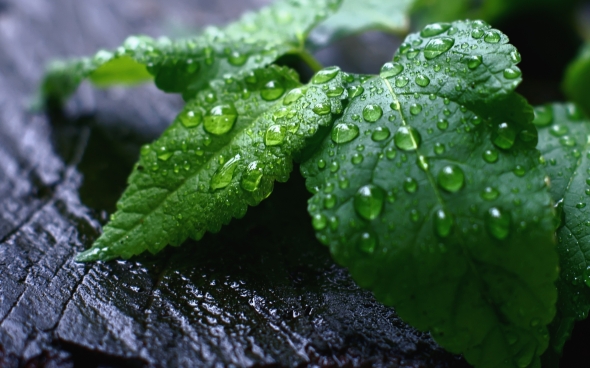
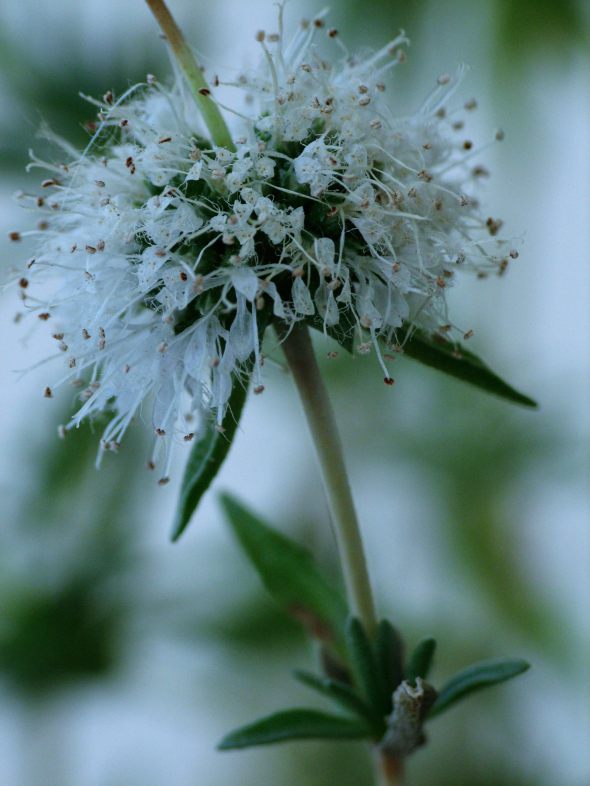
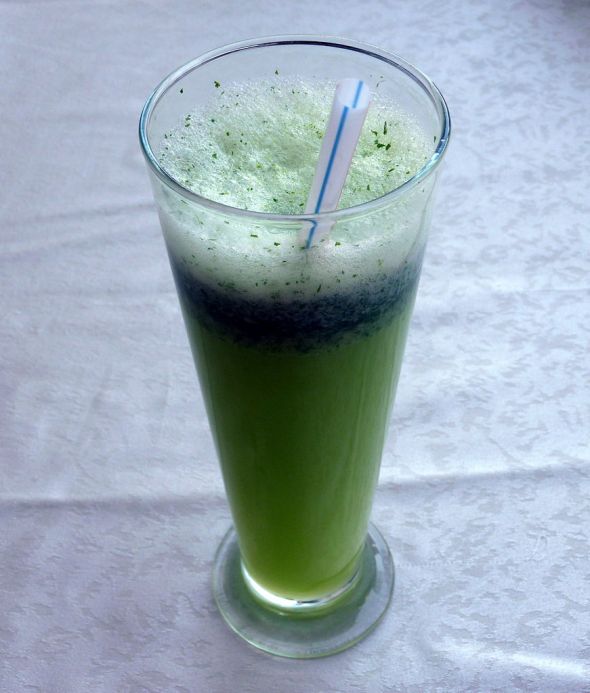
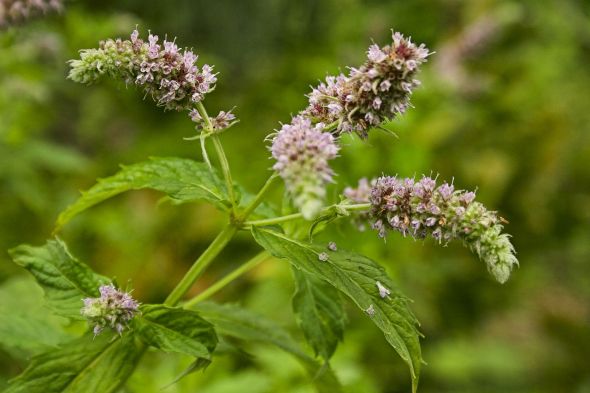
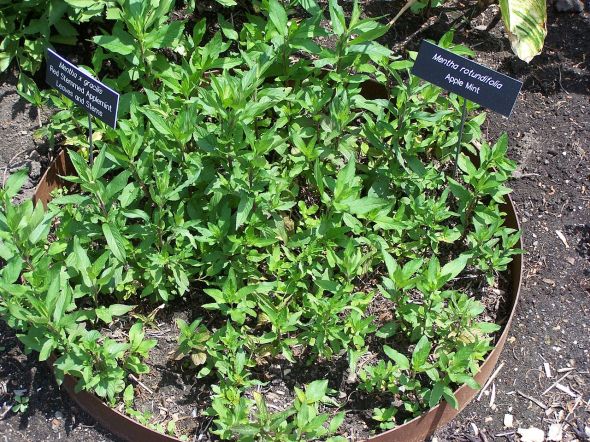
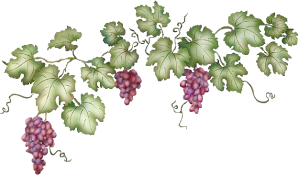




Recent Comments